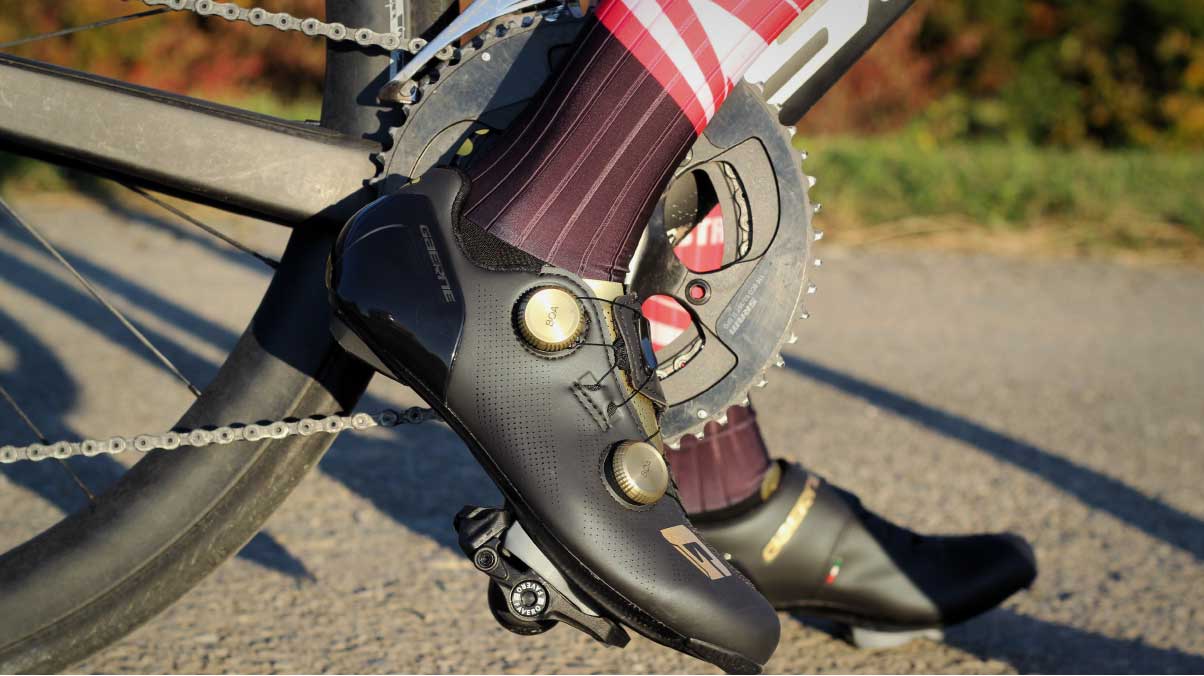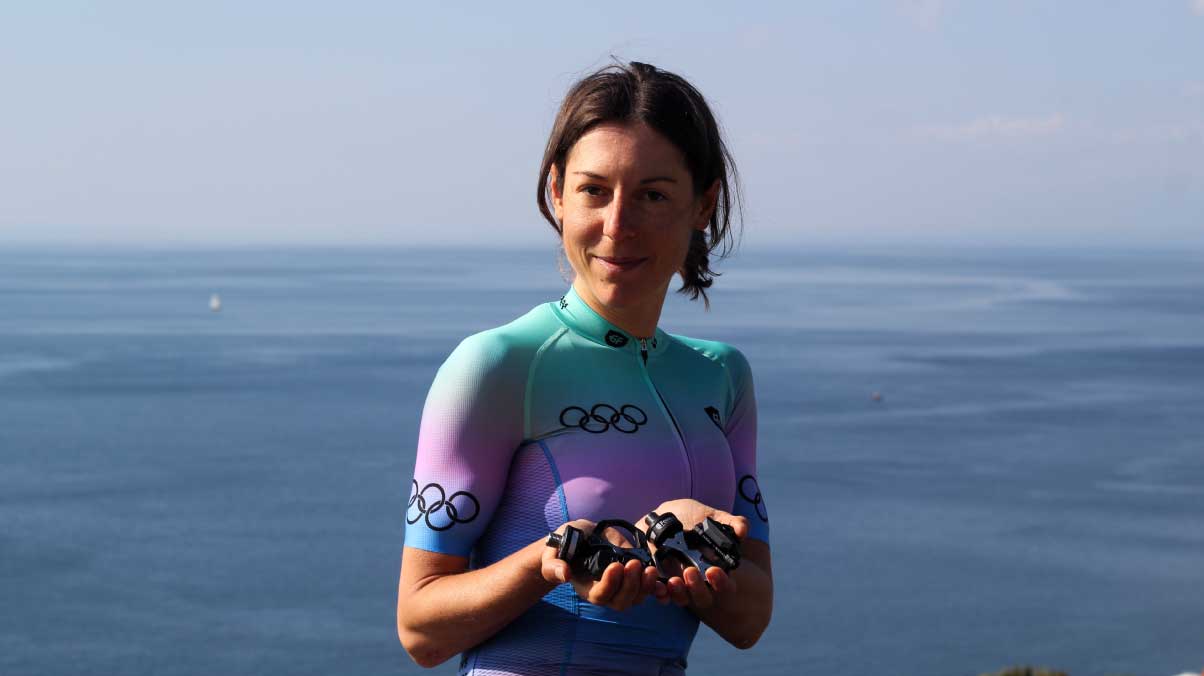Anna Kiesenhofer and her secret to training with power
Atleti & DatiQ&A with Olympic Champion Anna Kiesenhofer
Before Anna Kiesenhofer won the gold medal with an epic breakaway in Tokyo 2020, she was a rider that had escaped to our radars to the point that it was just after a couple of weeks from her victory that we found out that she was a long-term ASSIOMA user.
Notoriously far from the professional cycling scene, her victory has surely been a great surprise to all of us. But not if you had known her: extremely determined, self-conscious, motivated.
A mathematician’s approach in both her working and cycling careers sees Anna analyse every variable and refine the smallest of details in order to reach her goals.
Supported by Favero for a year now, we had a lovely chat about her approach to training with power and the important role it has played in her unique career.

F: When did you start to train with power?
A: That was back in 2014 when I was just an amateur cyclist. The reason I started was that as a mathematician I wanted to have precise data to structure and analyse my training and my progress.
F: Why would you suggest training with a power meter?
A: There are so many reasons for it. It’s an objective way to measure the training intensity and your performance.
I think it’s also key when competing: you avoid starting off too hard or, on the other hand, too easy.
Also, if you’re following a training plan, how do you know if it’s working? It is essential to have the numbers.
F: Have you seen evident differences compared to when you were training with a heart rate monitor?
A: I have never really trained with a heart-rate monitor alone. It’s not that it’s useless, but it’s just very different from training with a power meter. You can’t really say that one replaces the other. I just use them both. With the heart-rate monitor, I can see how my body responds, yet power is the objective way to measure the intensity.
For example - now it’s super warm outside so everybody knows that now your heart rate might be easily 20 beats higher than usual even If you’re not pushing accordingly. If you don’t know this and you’re just relying on your heart-rate monitor, you’re completely off!
Sometimes my heart rate is very low when I’m tired and when I train for long hours so I need my power meter to really understand how much I’m actually pushing otherwise I risk pushing more than what I actually should.
F: You have been training with ASSIOMA before you won the Gold Medal: why did you choose this specific brand?
A: As I mentioned before, back then I was a hobby cyclist so I needed something easy to use. If you choose a crank-based power meter it’s harder to install it and you need to check if it fits your current set-up in advance. On top of that, I use different bikes and a pedal-based power meter is so easy to move.
Let’s say that on one hand it was just out of practical considerations and on the other hand I was looking for a reliable power meter. I had some friends who had tested it already and they recommended it to me.

F: How does ASSIOMA help you in your daily cycling activity?
A: I plan my training ahead with the numbers and set myself some targets. This is the planning side. Then I analyse it at the end of the ride. Did I hit the target? How did I feel? Did I even improve?
Numbers are also motivating. If you’ve got specific targets in terms of numbers you feel like you want to reach them. It’s much easier than going blind by the feeling.
Your body is not a machine, though, if you don’t hit the numbers, it’s just fine. Today it’s not the day but tomorrow might be.
F: What do you do with the data you collect? Do you interpret it alone?
A: I was self-coached for a time. Now I’ve got a coach giving me pieces of advice but I’m basically still doing it alone. I mostly interpret the data on my own. But the advantage when it comes to training with power is also that I can share my power data with my advisor to get useful feedbacks.
F: What's the most important cycling data for you?
A: For interval training, I think the first thing is just to check the power numbers. It gives me feedback on my performance. When I’m doing hard efforts, the L/R Balance plays an especially important role because I know that I have some asymmetry in my legs and I try to compensate it.
F: What do you prefer about ASSIOMA?
A: There are several features that I really like, it’s hard to choose! Starting from the fact that it’s easy to install and swap between bikes to the L/R balance which is a plus compared to crank-based power meters. Finally, the price is also a strong point.
As I mentioned before, the product was recommended to me by some friends who were really satisfied with it. And I can relate!
F: Tell us about one moment (possibly a race) when relying on your power numbers made the difference.
A: Actually in all races. In road races, there are moments when you don’t look at your numbers like when you attack. But when you go through sustained efforts, like when I was in Tokyo in the breakaway, you want to go at a good pace and don’t burn yourself to get ready to attack, which I did later on! (she laughs)
Power meters are very important also in time trials: many people start too hard and looking at the numbers helps them dial down the effort a bit, otherwise, you get just carried away with the crowd and the excitement.
F: Last question: What's your suggestion for those aiming at winning a gold medal in the Olympics?
A: This is the hardest question! You just have to focus on your progress and try to get better every day. The Golden Medal might come or not but you will have become better and this is the utmost goal.
